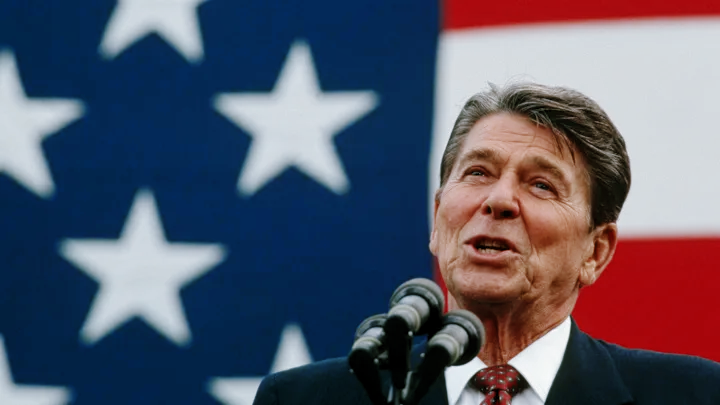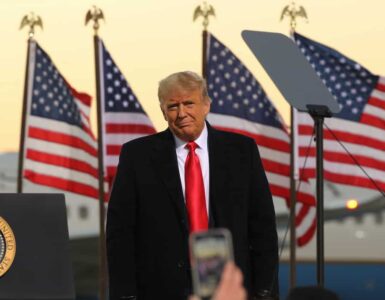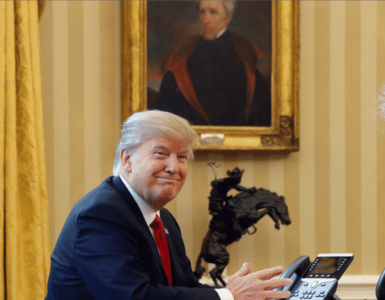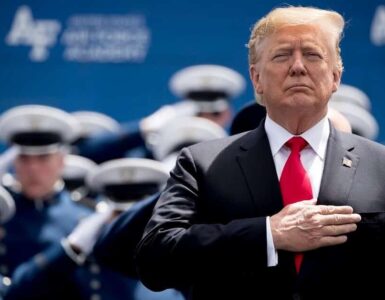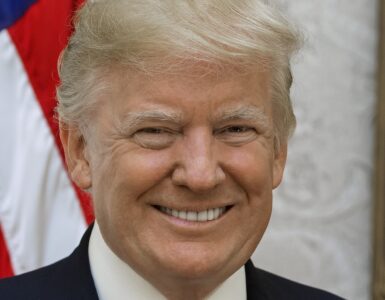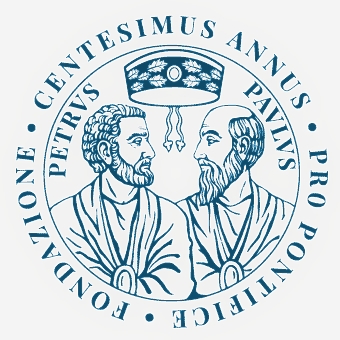Grand Strategy: a term not often used anymore.
It outlined the allied objective as Roosevelt and Churchill decided to defeat Germany first, then Japan. In the Persian Gulf War, the superb leadership of George H.W. Bush, Colin Powell and Norman Schwarzkopf assembled the largest coalition since World War II. The goal: secure Saudi Arabia, liberate Kuwait and come home. The allies executed a massive air bombardment followed by the finest offensive operation since Patton’s dash across France in 1944. Mission accomplished.
When Ronald Reagan took office in 1981, he pursued two major objectives. First, restore the American economy that had languished since the early 1970’s. Second, pursue a dual track with the Soviet Union: negotiate while engaging in a robust defense buildup. To accomplish the second goal, the United States moved missiles into Western Europe, pursued the Strategic Defense Initiative, retained the “first use” policy of tactical nuclear weapons and developed the “Peace Through Strength” doctrine.
Reagan’s initial goal of engaging the Soviet Union developed over time into a realization of the inherent weakness of the Soviet system and the Warsaw Pact Alliance.
Reagan developed a close rapport with Margaret Thatcher. Enhancing the already special relationship with the British, forged as allies through two world wars, these resolute leaders agreed philosophically about the dangers that the Soviets and communism represented. Pope John Paul II proved to be an unlikely ally, as the Church generally remains neutral. The Pope’s Polish ancestry provided a unique opportunity for a developing strategy. John Paul II had lived through both the Nazi occupation and post war Soviet rule. He saw tyranny and brutal oppression, firsthand. These concepts were in direct conflict with the teachings of the Catholic Church.
Soviet strategy depended on their ability to break through allied forces and cross the Rhine River before American reinforcements could fly to Europe and draw their equipment from prepositioned locations along the Rhine.
During the early 1980’s, a Polish labor movement called Solidarity began to gain ground. National officials often jailed members and animosity increased toward the authorities over time. Over time, using diplomacy, the West begin to create doubt in the minds of Soviet planners regarding the security of their line of communication through Poland. If the Polish Army and population revolted as war started, it would hamper Soviet resupply from Ukraine and Belarus to East Germany and other Warsaw Pact nations.
Deterrence is based on capability and credibility. Throughout the 1980’s a combination of a miliary resurgence in the West and a broad economic recovery provided the NATO and its allies the leverage to prevent a Soviet invasion of Western Europe. Further, as resentment against 40 years of Russian occupation spread throughout Eastern Europe in cities like Dresden and Leipzig, the Soviet Empire collapsed in 1989. Gorbachev could not send troops to kill protesters as the Soviets did in Czechoslovakia in 1968. CNN was now watching.
Reagan had a broad strategic vision. He developed personal relationships with allies and brought them closer to the United States. This was a coalition of the willing with shared, enduring values of Western Civilization. Reagan’s vision took over eight years to complete. He used personal diplomacy, grace and dignity with others to accomplish his goals. There was a profound difference in the world from 1980 to 1989. That did not “just happen.” This strategy succeeded because of cooperation with our allies.
The Trump Administration has its own grand strategy. Make America Great Again. They have several goals to accomplish this objective.
Reduce deficit spending though the layoffs of federal workers. Drop interest rates on treasuries to reduce the cost of financing the national debt. Identify and eliminate fraud, waste and abuse. Stop illegal immigration. Deport known felons and individuals who have entered the nation unlawfully and reduce the flow of fentanyl. Regarding trade, invoke reciprocal tariffs on nations who tariff the United States and bring manufacturing jobs back that have been lost over the past 50 years. Address other nation’s tariffs, subsidies and non-tariff barriers.
As of April 2nd, these levies on foreign goods varied in amounts of 10% to 46%. Subsequent announcements placed a pause of 90 days on these tariffs. However, tariffs on China are now set at 145%, with the Chinese government retaliating with 125% tariffs of their own and cancelling orders for Boeing aircraft.
The Administration’s belief is that foreign companies and governments will bear the cost of tariffs, resulting in massive revenues to the U.S. Treasury. This will reduce annual budget deficits. Further, that tariffs will raise the price of imports and shift domestic consumers to purchase goods made in the U.S.A. Foreign companies wishing to bypass the levies will be forced to open plants in the United States and produce their goods here.
In rapidly altering the established post War environment, the Trump administration fails to recognize several key factors. First, foreigners do not pay tariffs. Tariffs are paid to U.S. Customs at the port of entry by American companies. Second, increased costs are passed directly to American consumers. Third, tariffs cause retaliation by foreigners against American exporting companies. This retaliation can be imposed through tariffs, boycotts or non-tariff barriers. Finally, higher import costs and lower export sales result in lower profits, leading to lower stock prices. This is already occurring, as markets discount future earnings.
The stock market began its retreat after February 19th, as news of the certain passage of these tariffs took hold. On April 3rd and 4th, a wholesale selloff occurred as earnings of all companies were revalued by market participants. This followed a Rose Garden briefing in the White House after the market close on April 2nd. China promised retaliation of 34% almost immediately, making American goods even less competitive. Brazil’s government also passed legislation authorizing additional levies against U.S. goods.
To accomplish its objective of reducing tariff barriers with other nations, the Trump Administration delivered a broadside to the institution of global trade that has kept peace between major powers since 1945. While imperfect and in need of some reform, attempting a reset in one day has caused massive global repercussions to supply chains and stock markets.
While the repercussion has been felt globally, look at what is occurring with our largest trading partner, Canada. The possible long-term damage to businesses in this nation with our closest neighbor and ally, may never be known. What is certain is that a boycott is much worse than tariffs. The Canadians are now choosing Airbus over Boeing, Komatsu over Caterpillar and Hiram Walker over Jack Daniel’s. They have cancelled vacations in Maine and Vermont and are selling condos in Florida and Arizona. Cross border traffic is already lower in Buffalo and Detroit. We have belittled a friend who fought beside us in the trenches in World War I and landed on Normandy with us in World War II. They took in our hostages in Tehran in 1979 and came to our aid after 9/11. They fought and died alongside us in Afghanistan. We share the longest demilitarized border in history.
Disagreements between trading partners should be resolved through dialogue and penalties. China is a bad actor on the world stage. They should be removed from the World Trading Organization and have their Most Favored Nation trading status revoked. Use other sanctions and boycott their goods, such as EV’s. Revoke student visas. Do not impose tariffs, which are paid by American companies. These levies are passed to consumers in the form of higher prices. Tariffs are a domestic tax, not a foreign one.
This most recent action on trade policy has caused a massive jolt throughout the world economy. While only focused on the merchandise trade imbalance, the Administration ignores the surplus we hold with many nations in providing services. It also ignores the capital surplus we have. Foreigners invest in the United States’ capital markets and hold $8.5 trillion of our $36.2 trillion national debt.
The United States pulled back from the global stage following World War I and levied tariffs in 1930 on 25,000 imported goods. Retaliation and boycotts sent the world into the Great Depression and was a catalyst to the start of the Second World War. The adage is true: when goods don’t cross borders, armies will.
It is not too late to use a measured approach to restore the goodwill and trust that this nation earned over the past 80 years. The brilliance of Ronald Reagan’s strategic vision produced an outcome that took nearly one decade in the making. It was done with partnership, trust and resolute leadership of many of the world’s leaders.
Dismantle the global trading system at your own risk.


